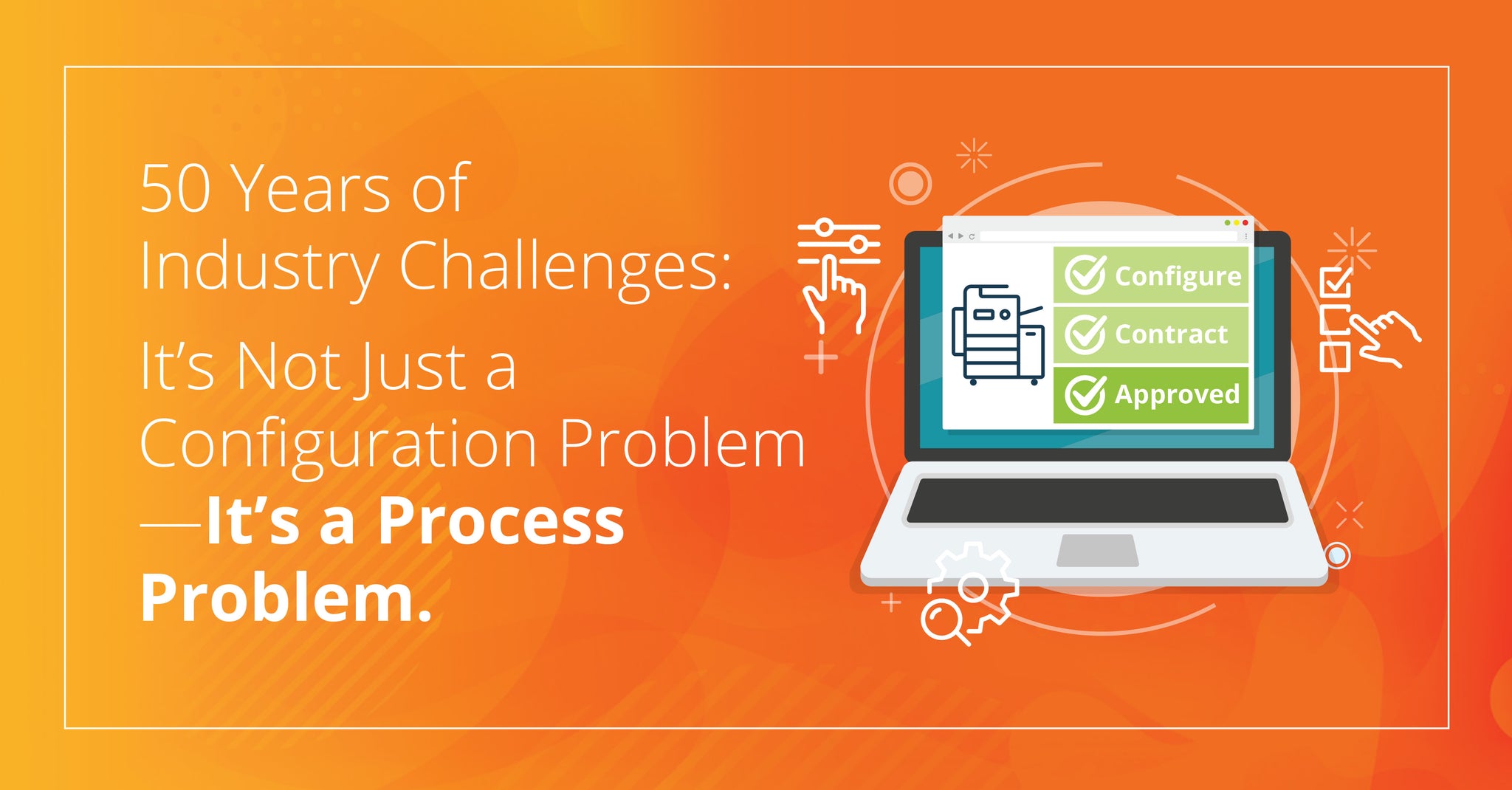
The gig economy is in full swing. Is your business capitalizing on it, complaining about it, or floundering because of it?
You just ordered takeout and Uber delivered it. Do you Uber or taxi to the airport? Was your Amazon delivery made by an employee, or an independent contractor? Does it matter?
What do these shifts mean to your technology service department?

Uber it.
Amazon it.
Airbnb it.
When your company becomes a verb, like Xerox or Kleenex, you’ve arrived. The distinction with the new verbs vs. the old ones is that they leverage the gig economy. They leverage either people or properties that are not their own.
Why do this?
In the case of Airbnb, there is no cost to them when a property is not rented. In the case of Uber, no cost to a drive not taken, or food the restaurant trashes when people do not order. What does this mean to your service team? What is the value of you “owning” in-house service expertise?
Let’s first start with cost. Your employees are paid; every day, and every hour. If you don’t bill them out, you lose; like an unbooked room in a hotel, or wasted food. It's your cost. It's also your cost if they do a bad job and you need to go out again to fix the problem. It's your cost/issue to manage holidays, and sick days. It's your cost to train new employees. It’s your cost to inventory parts. It’s your cost to manage and store those parts.
The gig economy allows you to push those costs off your income statement. They allow you to offer more products (think property, large/small/expensive/chic, or food from restaurants big and small).
Does it matter to a customer if the person delivering the service is a contractor or employee? You also likely lack local scale. What products can you fix? What stock do you keep? Can you fix a server? Can you set up a small business telephone system? Having access to a network of professionals that are prepared to bid for your business turns you into the customer. Selection among variables such as price, experience, certifications, proximity, and user reviews is powerful. You and your customers already do this every day when they rate drivers, and vendors online. You do it when you select almost any provider.
Moving toward an outsourced service model allows you to invest in different areas of your business. How much of your time and financial resources are spent on service? Your costs would not likely increase. The cost per call could increase, but if you accurately tracked all the ancillary costs related to service, I bet it wouldn’t.
Revenue would not change with outsourced service, however, if you consider that once you adopt and adapt to the model, it would enable you to branch out and sell more products and services. Your expertise will switch toward managing the services instead of managing the service teams. Even within the realm of office print for example, you could support more vendors, or select among product families that fulfill certain niches.
OEMs are far behind on this model. Well, in fact most of them use it for themselves, delivering service to national accounts, using networks such as Field Nation, LMS or Barrister. Yet they often insist that their dealer networks have service capability. Do as I say, not as I do. Either way, as office printing declines they will have less businesses that meet their antiquated criteria.
By relinquishing your field service team, you are free to reinvest into aspects of your business that will help deliver value to your loyal customers. Like digital automation, e-commerce, and strategic planning for additional product lines.
The gig economy has changed everything. Embrace the change. Fighting it delays the inevitable change businesses must accept.
Did You Miss Our Webinar?
Date: Wednesday, March 31, 2021
With the Changes in Print Technology, How Long Will it Be Before You Don’t Have an In-House Service Team? Quicker than you can imagine.


